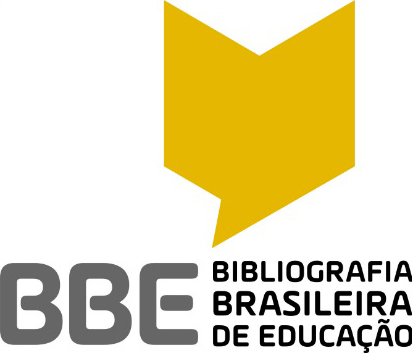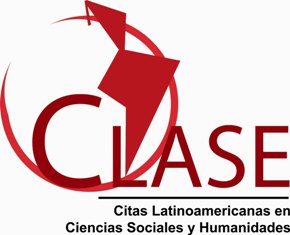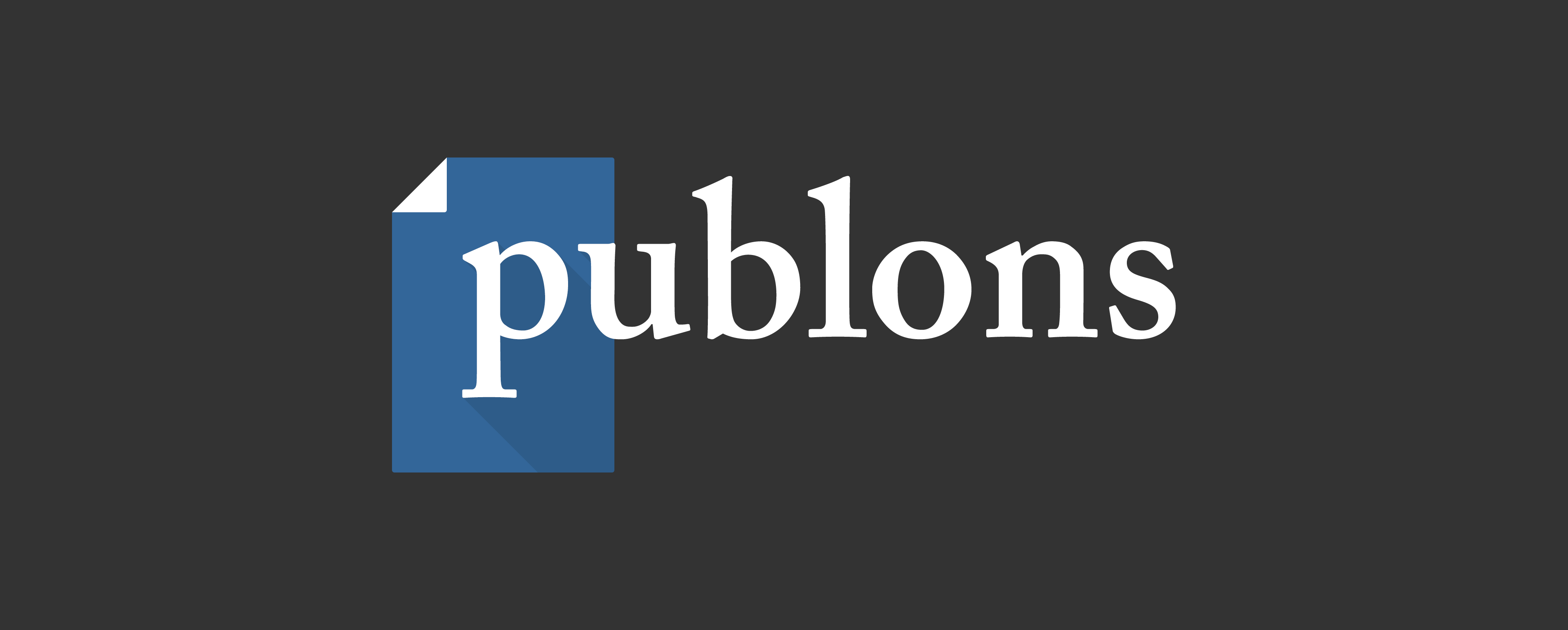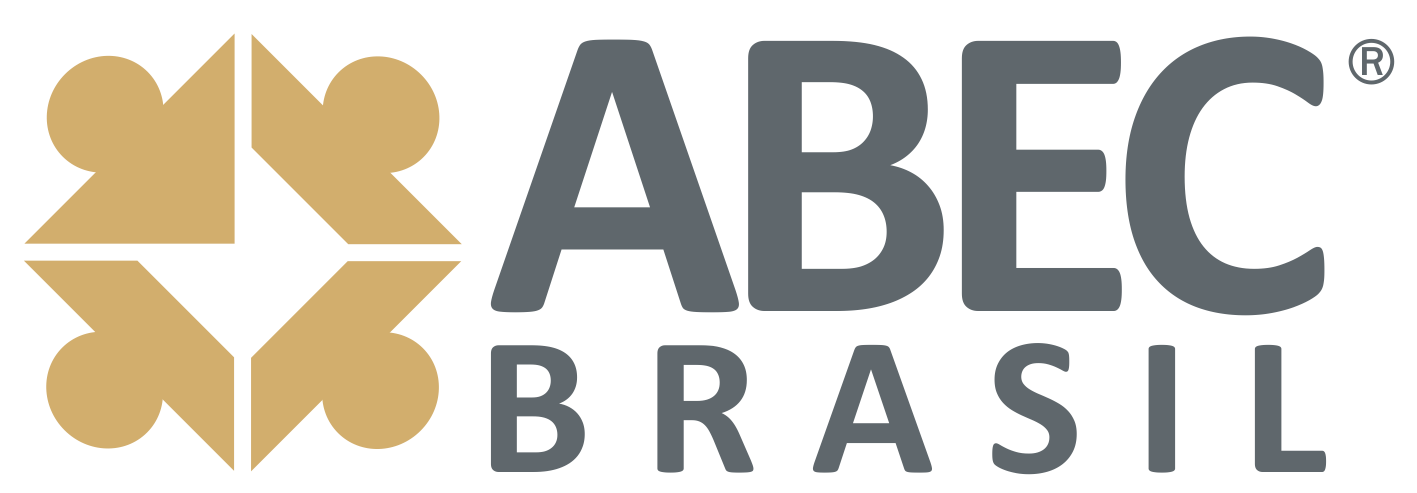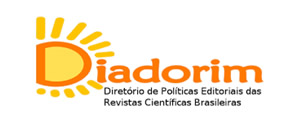New technologies and new literacies in the english classroom: a study
DOI:
https://doi.org/10.22169/ri.v14i31.1523Resumo
ABSTRACT
This article presents and briefly discusses some results of a survey conducted as part of a study on multiple literacies and the use of technology in English as a Foreign Language (EFL) classroom. An online questionnaire has been sent to English teachers of the third cycle and secondary education in Portugal with the aim to investigate their perceptions on the use of new technologies, particularly Web 2.0 tools, in their teaching practice. This article focuses particularly on the results from the questions related to materials and digital tools frequently used, teachers’ general view on the use of technology, as well as the digital and critical literacies approach. It has been found that although technology seems to be part of the teaching practice of this group of teachers – and although further research is necessary to deeply understand the actual use of technology in this particular scenario – it can be assumed that suitable guidance, training and further development of appropriate materials for teachers and students are necessary to facilitate and better integrate new technologies in the EFL classroom.
Keywords: New technologies and language learning. Multiliteracies. Digital literacies. Critical thinking. English language teaching.
RESUMO
Este artigo apresenta e discute brevemente alguns resultados de uma pesquisa realizada como parte de um estudo sobre múltiplas literacias e o uso da tecnologia na aula de inglês como língua estrangeira (English as a Foreign Language – EFL) (Cardoso, 2017). Um questionário online foi enviado a professores de inglês do terceiro ciclo e secundário, em Portugal, com o objetivo de investigar as perceções e as opiniões deles a respeito do uso das novas tecnologias, especialmente dos recursos da Web 2.0, em sua prática profissional. O presente artigo enfoca particularmente os resultados obtidos das perguntas relacionadas à frequência de uso de materiais e recursos, à visão dos professores sobre o uso da tecnologia, assim como à abordagem das literacias digitais e críticas. Embora a tecnologia pareça fazer parte da prática discente desse grupo de professores, e ainda que pesquisas adicionais sejam necessárias para entender melhor o uso real dessa tecnologia nesse cenário em particular, é possível dizer que são necessárias algumas medidas para que a integração significativa e eficaz das novas tecnologias nas salas de aula de EFL, tais como, orientações adequadas e treinamento aos professores, e maior desenvolvimento de materiais apropriados.
Palavras-chave: Novas tecnologias e ensino de línguas. Multiliteracias. Literaturas digitais. Pensamento crítico. Ensino de língua inglesa.
RESUMEN
Este artículo presenta y discute brevemente algunos resultados de una investigación realizada como parte de un estudio sobre múltiples literacias y el uso de la tecnología en la clase de inglés como lengua extranjera (Card., 2017). Un cuestionario en línea fue enviado a los profesores de Inglés Graduado de secundaria y, en Portugal, con el fin de investigar las percepciones y sus opiniones sobre el uso de las nuevas tecnologías, especialmente capacidades Web 2.0 en su práctica profesional. El presente artículo se centra particularmente en los resultados obtenidos de las preguntas relativas a la frecuencia de uso de materiales y recursos, a la visión de los profesores sobre el uso de la tecnología, así como al abordaje de las literas digitales y críticas. Aunque la tecnología parece formar parte de la práctica discente de este grupo de profesores, y aún si son necesarias investigaciones adicionales para entender mejor el uso real de esta tecnología en este escenario en particular, es posible decir que son necesarias algunas medidas para que la integración significativa y eficaz de las mismas nuevas tecnologías en las aulas de EFL, tales como orientación adecuada y capacitación a los profesores, y el desarrollo de materiales apropiados.
Palabras clave: Nuevas tecnologías y enseñanza de lenguas. Multilenuales. Literaturas digitales. Pensamiento crítico. Enseñanza de lengua inglesa.
DOI: http://dx.doi.org/10.22169/revint.v14i31.1523
Downloads
Referências
ANDERSON, L. W., et al. A Taxonomy for Learning, Teaching, and Assessing: A Revision of Bloom's Taxonomy of Educational Objectives. New York: Longman, 2001.
BAWARSHI, A. S.; REIFF, M. J. Genre: an introduction to history, theory, research and pedagogy. Indiana: Parlor Press, 2010.
BLOOM, B. Taxonomy of Educational Objectives: The Classification of Educational Goals – Handbook 1 Cognitive Domain. London: Longmans, 1956.
BOWER, M. A typology of Web 2.0 learning technologies [technical report]. British Journal of Educational Technology, January, 2015.
BUSTAMANTE, C., HURLBUT, S.; MOELLER. A. K. Web 2.0 and language learners: Moving from consumers to creators. In: SILDUS, T. (Ed.) Touch the World: Selected Papers from the 2012 Central States Conference on the Teaching of Foreign Languages. Richmond: Robert M. Terry, 2012. p. 109–131.
CARDOSO, S. Multiple literacies and Web 2.0 in the English as a Foreign Language classroom. 2017. Dissertation (Master in English and American Studies) – University of Lisbon, Lisbon, 2017.
CARRETERO, S.; VUORIKARI, R.; PUNIE, Y. DigComp 2.1: The Digital Competence Framework for Citizens with eight proficiency levels and examples of use, EUR 28558 EN, doi:10.2760/38842, 2017.
CHURCHES, A. Bloom’s Digital Taxonomy, 2009. Available at: <http://edorigami.wikispaces.com/file/view/bloom%27s%20Digital%20taxonomy%20v3.01.pdf/65720266/bloom%27s%20Digital%20taxonomy%20v3.01.pdf> Accessed on Mar. 10, 2018.
COIRO, J. et al. (Eds). Handbook of Research on New Literacies. New York: Lawrence Erlbaum Associates, 2008.
COUNCIL of Europe. Common European Framework of Reference for Languages: Learning, Teaching, Assessment (CEFR) – Companion Volume with New Descriptors. Provisional Edition, 2017. Available at: <https://rm.coe.int/cefr-companion-volume-with-new-descriptors-2018/1680787989>. Accessed on: Nov. 22, 2018.
COPE, B.; KALANTZIS, M. Introduction: multiliteracies, the beginning of an idea. In: _________ (Eds.). Multiliteracies: Literacy and the Design of Social Futures (pp. 3-8). New York: Routledge, 2000. p. 3-8.
COPE, B.; KALANTZIS, M. Multiliteracies: new literacies, new learning. Pedagogies: An International Journal, v. 4, n. 3, p. 164-195, 2009
DOURDA, K.; GRIVA, E.; PAPADOPOLOU, P. Combining game based learning with content and language integrated learning approaches: a case study utilizing QR codes and Google Earth in a geography-based game. In: 7TH EUROPEAN CONFERENCE ON GAMES BASED LEARNING, Oct. 3-4, 2013, Porto. Proceedings. Reading: Academic Conferences and Publishing International Limited, 2013. Available at: <https://issuu.com/acpil/docs/ecgbl2013-issuu_vol_1>. Accessed on: Nov. 22, 2018.
DUDENEY, G.; HOCKLY, N. Literacies, technology and language teaching. In: FARR, F.; MURRAY, L. The Routledge Handbook of Language Learning and Technology. Abingdon / New York: Routledge, 2016. p. 115-126.
DUDENEY, G.; HOCKLY, N.; PEGRUM, M. Digital Literacies. Harlow: Pearson, 2013.
ERSTAD, O. Citizens navigating in literate worlds: the case of digital literacy. In: THOMAS, M. (Ed.), Deconstructing Digital Natives: Young People, Technology and the New Literacies. New York: Routledge, 2011. p. 99-118.
FERRARI, A. DigComp: A Framework for Developing and Understanding Digital Competence in Europe. (DigComp 1.0). EUR 26035, DOI:10.2788/52966, 2013.
FISHER, A. Critical Thinking: an introduction. Cambridge: Cambridge University Press, 2001.
FREIRE, P. Pedagogia do Oprimido (17th ed.). Rio de Janeiro: Paz e Terra, 1987.
PORTUGAL. National Digital Competence Initiative e.2030 (Portugal INCoDe.2030: Iniciativa Nacional Competências Digitais e.2030), 2017. Available at: <http://www.incode2030.gov.pt/>. Accessed on: 22 Nov. 2018.
GUINCHON, N.; COHEN, C. Multimodality and CALL. In: FARR, F.; MURRAY, L. (Eds). The Routledge Handbook of Language Learning and Technology. Abingdon / New York: Routledge, 2016. p. 509-521.
HALINEN, I.; HARMANEN, M.; MATTILA, P. Making sense of complexity of the world today: why Finland is introducing multiliteracy in teaching and learning In: BOZSIK, V. (Ed.) Improving Literacy Skills across Learning. CIDREE Yearbook 2015. Budapest: HIERD, 2015. p. 136-153.
KAMPYLIS, P.; PUNIE, Y.; DEVINE, J. Promoting Effective Digital-Age Learning - A European Framework for Digitally-Competent Educational Organisations (DigComp Org), EUR 27599 EN; DOI:10.2791/54070, 2015.
KRESS, G. Literacy in the New Media Age. London: Routledge, 2003.
KRESS, G.; VAN LEEUWEN, T. Multimodal Discourse: The Modes and Media of Contemporary Communication. London: Arnold, 2001.
LUKE, A.; DOOLEY, K. Critical literacy and second language learning. In: HINKEL, E. (Ed.), Handbook of Research in Second Language Teaching and Learning. New York / London: Routledge, 2011. p. 856-867.
LUKE, C. Cyber-schooling and technological change: Multiliteracies for new times. In: B. COPE, B.; KALANTZIS, M. (Eds.), Multiliteracies: Literacy and the Design of Social Futures. New York: Routledge, 2000. p. 67-88.
MYERS, J.; BEACH, R. Constructing critical literacy practices through technology tools and inquiry. Contemporary Issues in Technology and Teacher Education, vol. 4, n. 3, p. 257-268, 2004.
MCINULTY, A. Critical thinking, critical literacy and the four resources model. 滋賀大学教育学部紀要 教育科学, vol. 63, p. 17-23, 2013.
MOHAMMADKHANI, A. et al. Facebook as a Platform for EFL Learning: Critical Literacy in Social Networking Websites. Journal of Applied Linguistics and Language Research, vol. 2, n. 6, p. 57-72, 2015.
REDECKER, C. European Framework for the Digital Competence of Educators: DigCompEdu. EUR 28775 EN, doi:10.2760/159770, 2017.
ROJO, R. Pedagogia dos Multiletramentos. IN ROJO, R.; MOURA, E. (Org.). Multiletramentos na Escola. São Paulo: Parábola, 2012. p. 11-31-
ROSEN, Y.; TAGER, M. Evidence-centered concept map as a thinking tool in critical thinking computer-based assessment. Research Report. Pearson, 2013. Available at: <https://pdfs.semanticscholar.org/42c1/d2f788aa1a0cc768ef5d5dd1515543e34f4d.pdf>. Accessed on: Nov. 22, 2018.
SCOTT, D.; BEADLE, S. Improving the Effectiveness of Language Learning: CLIL and Computer Assisted Language Learning, 2014. Available at: <https://www.ecml.at/Portals/1/resources/Articles%20and%20publications%20on%20the%20ECML/CLIL%20and%20CALL%20report_July.2014.pdf?ver=2017-07-11-151504-977>. Accessed on: Nov. 22, 2018.
SNEED, O. Integrating Technology with Bloom’s Taxonomy. TeachOnline: Resources for teaching online. Arizona State University, May 9, 2016. Available at: <https://teachonline.asu.edu/2016/05/integrating-technology-blooms-taxonomy/>. Accessed on: Nov. 22, 2018.
UNSWORTH, L. Teaching Multiliteracies Across the Curriculum: Changing Contexts of Text and Image in Classroom Practice. Buckingham / Philadelphia: Open University Press, 2001.
VUORIKARI, R. et al. DigComp 2.0: The Digital Competence Framework for Citizens. EUR 27948 EN, DOI:10.2791/11517, 2016.
Downloads
Arquivos adicionais
Publicado
Como Citar
Edição
Seção
Licença
Os direitos autorais dos artigos publicados na Revista são de acordo com a licença CC-BY-ND - Creative Commons ( https://creativecommons.org/licenses/by-nd/4.0/legalcode)
Esta licença permite que outras pessoas reutilizem o trabalho para qualquer finalidade, inclusive comercialmente; no entanto, não pode ser compartilhado com outras pessoas de forma adaptada e o crédito deve ser fornecido ao autor.
Os direitos autorais dos artigos publicados na Revista são do autor, com os direitos de primeira publicação para a Revista







